DIFFERENCE BETWEEN MARBLE AND GRANITE
Marble and Granite can be used in varied application and be it in a kitchen, flooring, staircase, statue, handicrafts, and bathroom, they can completely transform your space. Being functional, highly long-lasting, and aesthetically pleasing, marble and granite countertops can bring a sense of luxury and feel to your interiors. Bhandari Marble Group recommended marble and granite for countertop application, flooring, staircase, statue, handicrafts and this might make you wonder which one is an ideal and good option. The easiest way to find the difference between marble and granite is primarily their visual impact. Marble has a homogeneous surface, with more or less thin veins that can vary in color and intensity, in place of granite can be recognised by its dense grain composition. Granite is more intense in its colors and veins when compared to marble. Granite’s superior hardness and durable nature make it a suitable choice for kitchen countertops, bar counters or even granite floors as compared to marble. Granite kitchen counters will show minimal scuffing or discoloration from everyday household activities.
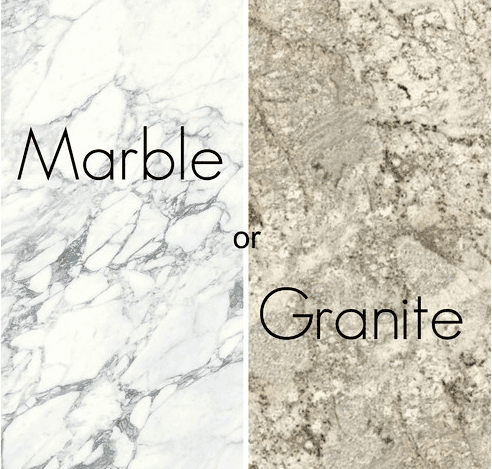
DIFFERENCE OF PROS AND CONS OF MARBLE AND GRANITE
-
- STRENGTH AND DAMAGE– Created over millions of years under extreme pressure, natural stones like marble and granite are exceptionally strong and long-lasting. It does not mean that this material is indestructible. It needs to be handled carefully during installation to avoid cracking or breakage.
-
- RESISTANCE- Marble is heat-resistant, which is a big pro for using it for kitchen counters or even a fireplace and bathroom countertops as well. Being a natural stone – marble and granite both absorb liquids like water, oil, wine and more leading to staining. This can be avoided with The Densification process that reduces the porosity of the slab.
-
- COLORS AND CARE- We all know that natural stones are available in stunning colors like rose, yellow, grey, green, blue, white, black and more. The Bhandari Marble Group displays a breath-taking range of marble, granite and rare onyx in over 33 colors. The porosity of each marble and granite varies. So when it comes to choosing a marble for your countertops, make sure you consult an expert to check if the stone fits into your application.
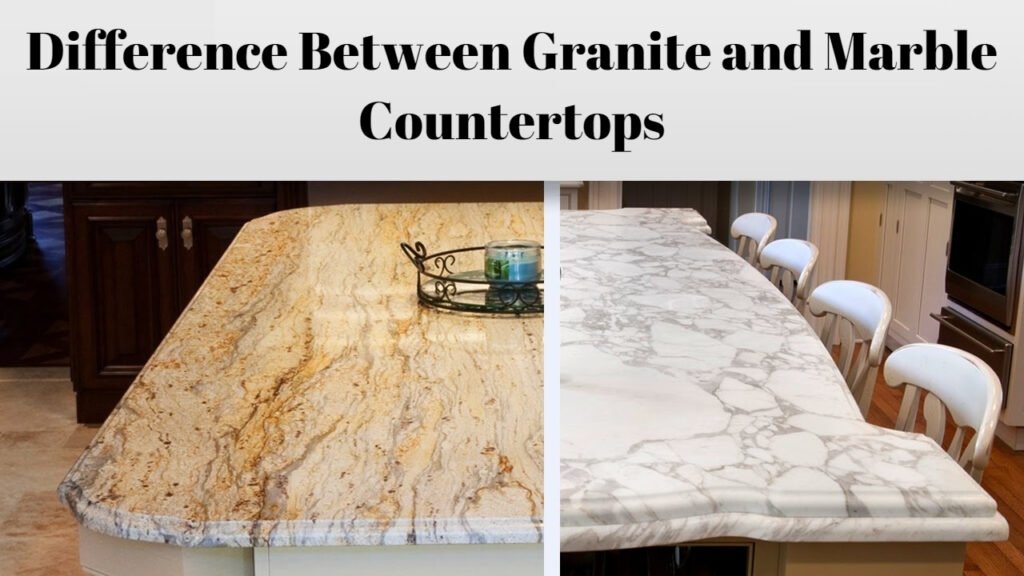
When it comes to choosing the perfect material for your countertops, flooring, or other home improvement projects, marble and granite are two of the most popular options. Both are natural stones with unique qualities, but they have distinct differences that can influence your decision. This guide will help you understand the key differences between marble and granite, so you can make an informed choice for your home.
What is Marble?
Appearance and Composition
Marble is a metamorphic rock formed from limestone subjected to high pressure and temperature over millions of years. It is known for its luxurious appearance, characterized by veining patterns that range from subtle to dramatic. The color of marble can vary significantly, from pure white to shades of grey, green, pink, and even black, depending on the minerals present during its formation.
Durability and Maintenance
While marble is renowned for its beauty, it is also a softer and more porous stone compared to granite. This makes it more susceptible to scratches, stains, and etching from acidic substances like lemon juice or vinegar. Regular sealing is necessary to protect its surface and maintain its pristine look. Additionally, marble requires gentle cleaning with pH-neutral products to avoid damage.
What is Granite?
Appearance and Composition
Granite is an igneous rock formed from the slow crystallization of magma beneath the Earth’s surface. It is composed mainly of quartz and feldspar, with traces of other minerals that give it its characteristic speckled appearance. Granite comes in a wide variety of colors and patterns, ranging from deep blacks and rich reds to lighter shades of white, blue, and green.
Durability and Maintenance
Granite is one of the hardest natural stones, making it extremely durable and resistant to scratches, heat, and stains. Its low porosity means it does not absorb liquids easily, which makes it easier to maintain than marble. While granite countertops do benefit from periodic sealing, the frequency is generally less than that of marble. Cleaning granite surfaces is simple and can be done with mild soap and water.
Key Differences Between Marble and Granite
1. Appearance
- Marble: Known for its elegant and unique veining patterns. Each slab is distinct, adding a touch of luxury to any space.
- Granite: Recognized for its speckled and more uniform appearance. Offers a wide range of colors and patterns, making it versatile for various design styles.
2. Durability
- Marble: Softer and more prone to scratches, etching, and staining. Requires more careful maintenance and regular sealing.
- Granite: Harder and more resistant to wear and tear. Less maintenance-intensive, with better resistance to heat and stains.
3. Maintenance
- Marble: Needs regular sealing and gentle cleaning with pH-neutral products to maintain its appearance.
- Granite: Easier to maintain, with less frequent sealing required. Can be cleaned with mild soap and water.
4. Cost
- Marble: Generally more expensive due to its luxurious appeal and the complexity of quarrying and processing.
- Granite: More affordable than marble, with a wide range of prices depending on the quality and rarity of the stone.
Which One is Right for You?
The choice between marble and granite ultimately depends on your personal preferences, lifestyle, and the specific needs of your project. Here are some considerations to help you decide:
- Aesthetic Preferences: If you prefer a classic, elegant look with unique veining, marble is the way to go. For a more uniform and varied color palette, granite is ideal.
- Usage and Durability: For high-traffic areas or kitchens where durability is crucial, granite’s robustness makes it a better choice. Marble is better suited for low-traffic areas like bathrooms or decorative applications.
- Maintenance Commitment: If you are willing to invest time in maintenance and care, marble can be a stunning addition to your home. If you prefer a low-maintenance option, granite is more practical.
Conclusion
Both marble and granite have their own set of advantages and unique characteristics. By understanding the differences between these two natural stones, you can make an informed decision that enhances the beauty and functionality of your home. Whether you choose the timeless elegance of marble or the rugged durability of granite
BEST USES OF MARBLE AND GRANITE
-
- MONUMENTS
-
- FLOORING
-
- PATHS AND PATIOS
-
- EXTERNAL AND INTERNAL CLADDING
-
- BUILDING BLOCKS
-
- MOSAICS
-
- STAIRCASE
-
- COUNTERTOPS
-
- TABLETOPS
-
- HANDICRAFTS
-
- STATUES

MARBLE FLOORING BETTER THAN TILES
| Marble | Floor Tile |
| Marble is a natural stone | Tile is made of clay and then polished |
| Cost of marble is expensive | Cost of floor tile is affordable |
| Marble is primarily used on floors | Tile is especially used to cover roofs, floors, and walls, outdoors |
| Marble is porous and easy to get stains | Tile is stain resistant |
| Marble is difficult to load and is less heavier to install | Floor Tile is easier to load and install |
| Marble installation is difficult and long | Floor Tile installation is shorter and easier |
| Wastage is more in Marble | Wastage is less in Tiles |
| Marble is not suitable for cold climate | Tile is suitable for all climate |
| Marble is difficult to clean and maintain | Tile is easier to clean and maintain |
CNC FINISH DESIGNS
Taking the idea of using standard material stock, you can expand on this principle into all aspects of your parts design. When it comes to manufacturing, the more you can standardize the better. Create your holes, slots, pockets based on standard drill sizes and end mill diameters. Choose your material based on most commonly stocked alloys. Dimension your drawings with standard machining tolerances. Each of these steps better positions you for success in the machining process and will help save you time and money along the way.
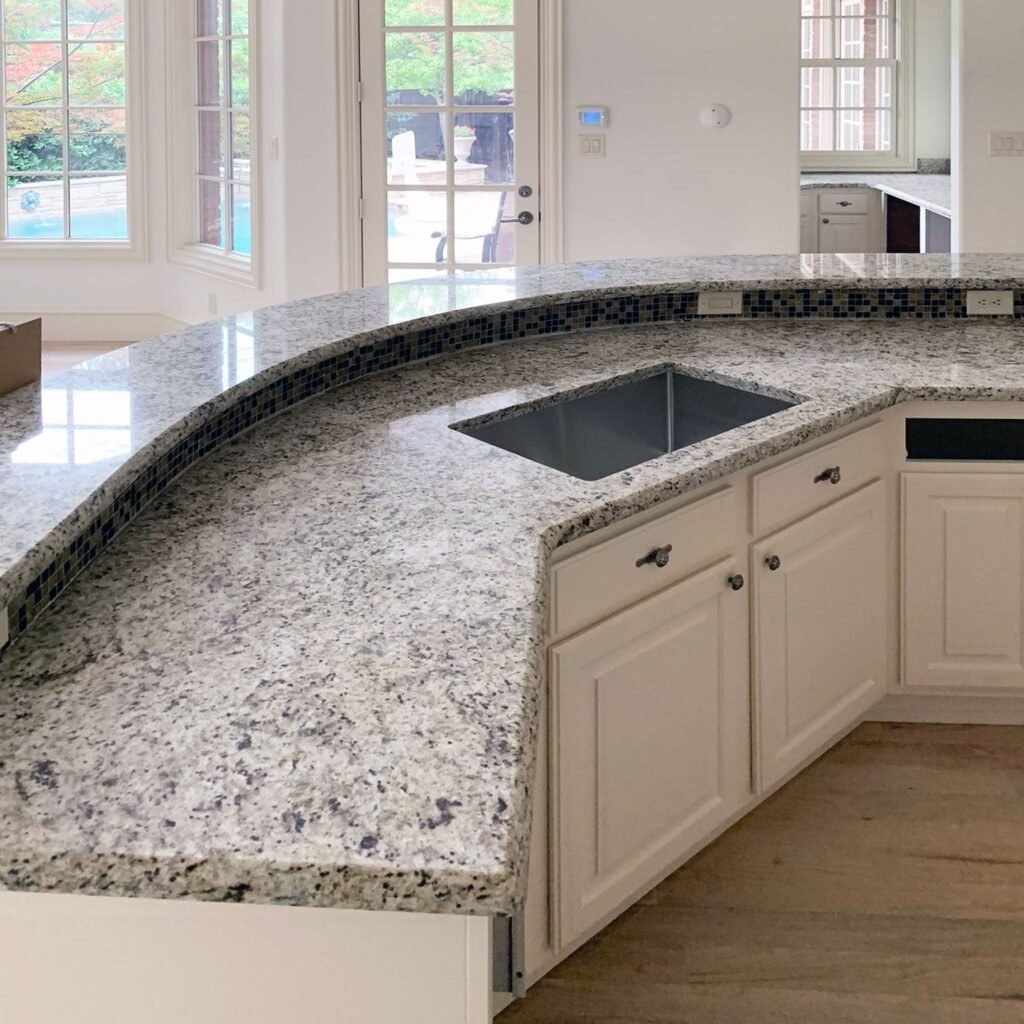
WORLD’S TOP AND INDIA’S BEST MARBLE, GRANITE AND STONE COMPANY
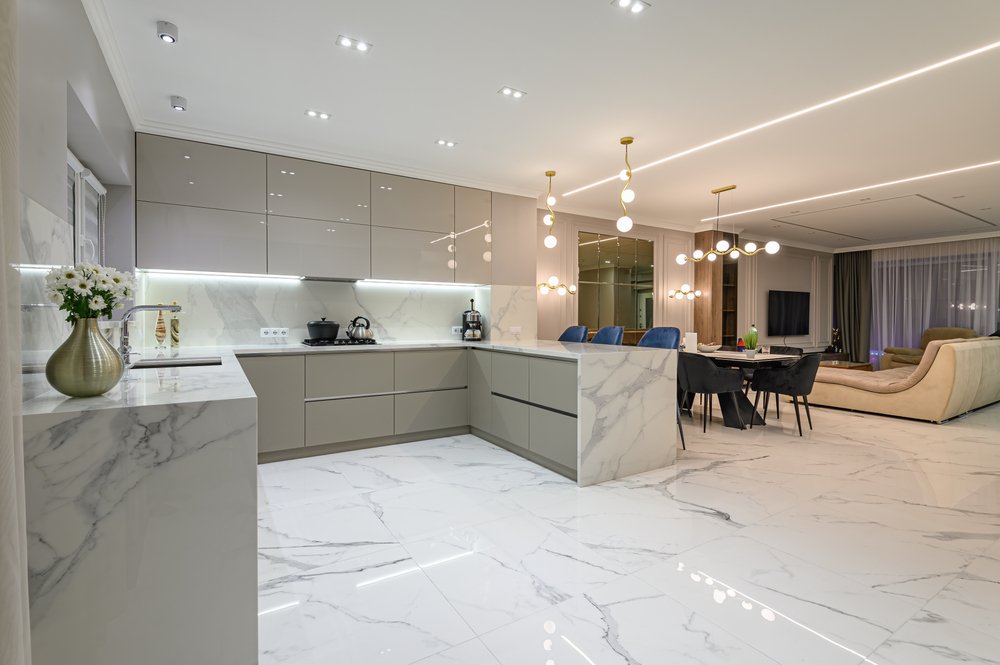
Imported Marble
Italian Marble, Darkling Range, Creamy Range and Milky Range etc.
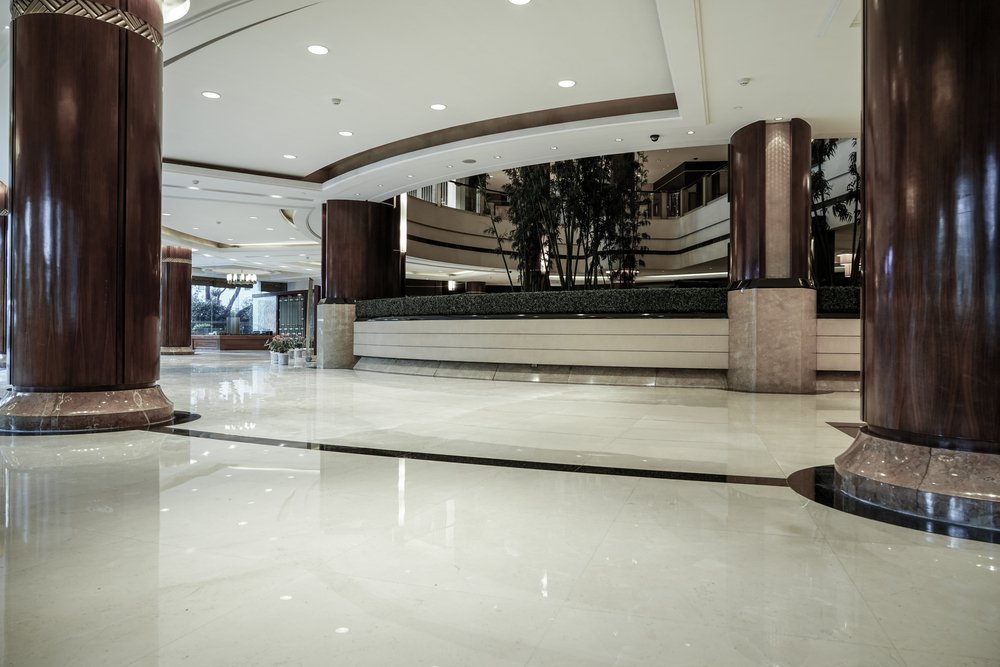
Indian Marble
White Marble, Green marble, Black Marble and Makarana Marble etc.
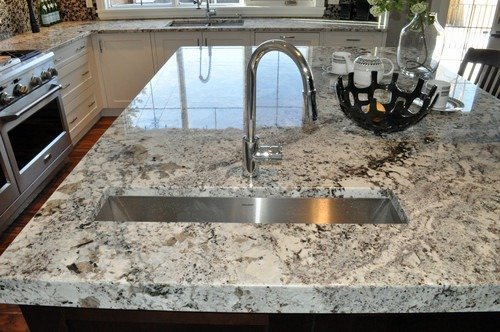
Granite
Brown Granite, Gray Granite, Gold Granite and White Granite etc.








